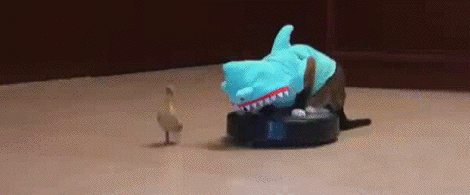Our incredible cohort of Civic Tech Fellows (and Program Manager Saron Yitbarek) spent their summers building useful tools and programs to support the field of civic tech. Here are some demos of new tools and projects that are early in development, shared with the Civic Hall community on August 27th, 2015.
Including:
- Blockchain for Social Impact
- Civic Graph
- Civic Graph check-in
- USDA Innovation Challenge and Big Apps
- Maker Kit
- Civic Tech Casefinder
- Microsoft Translator
- BRCK
- Tech Jobs Academy website launch template
- An open website launch template










